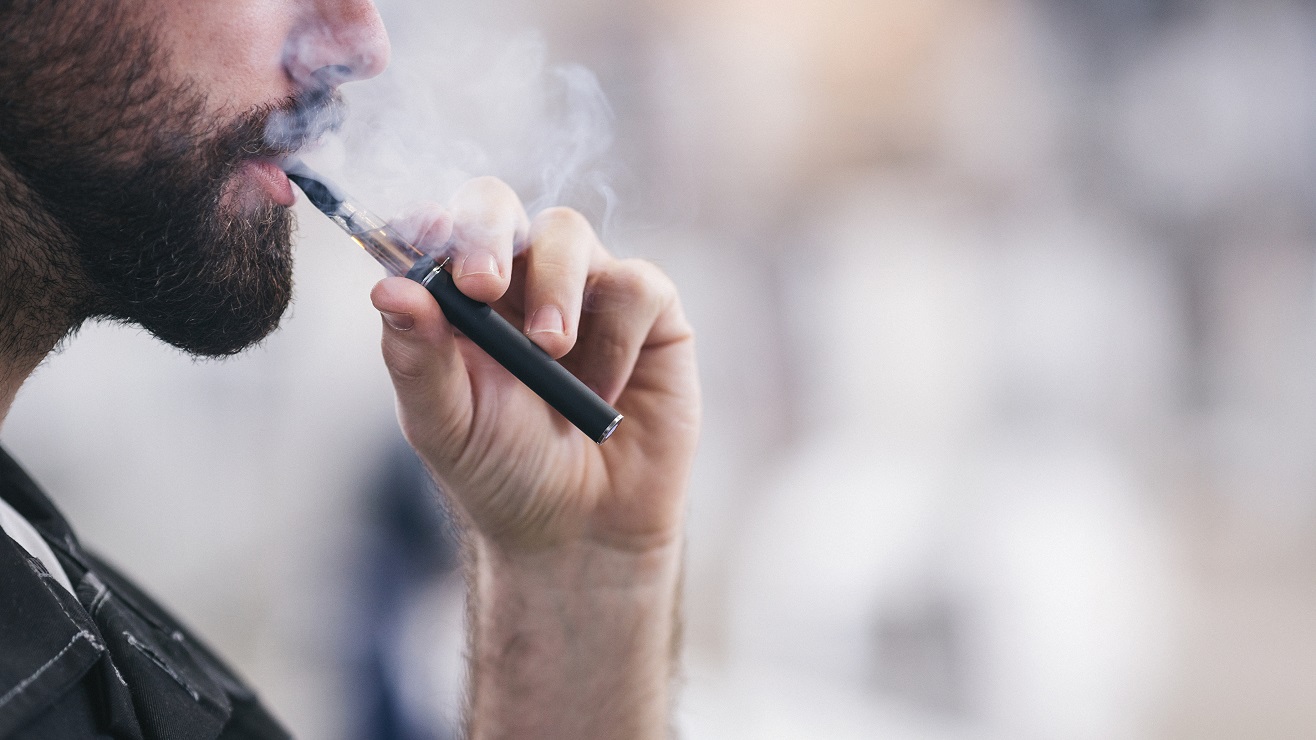
New high nicotine vaping tax could drive riskier habits
Proposed new taxes on nicotine vaping products that increase with nicotine strength may have unintended negative health consequences, according to researchers at London South Bank University (LBSU).
Studies show vapers using low rather than high nicotine e-liquid are likely to use their devices more intensely, potentially increasing the risk of exposure to toxins in the vapour.
“The proposal to add duty to e-liquid according to nicotine strength is ill-conceived, not based on the scientific evidence, and could cause more harm than good,” said Lynne Dawkins, Professor of Nicotine and Tobacco Studies at LSBU. “Higher duty on higher nicotine strength e-liquids will encourage people to purchase lower nicotine strengths, but that will just encourage users to vape more to try and achieve the blood nicotine levels they need.”
LSBU research following e-cigarette users found that people using low nicotine e-liquid in their devices puffed more deeply and more often than those using high nicotine liquid. The key study was published in ‘Addiction’ in 2018.
“Our research has consistently shown that using lower nicotine strengths is associated with consuming more e-liquid through taking longer, harder and more frequent puffs. This results in greater exposure to potentially harmful chemicals in the vapour,” Professor Dawkins added.
Researchers said there was also a risk that adding more tax to higher nicotine vaping products could encourage people on lower incomes to return to smoking cigarettes (which are more harmful) because they may not be satisfied with the lower level of nicotine in the cheaper vaping products.
The announcement of new taxes on e-liquid was made by Chancellor Jeremy Hunt in the spring budget. It is due to be implemented in October 2026 following a consultation period.
The proposed e-liquid tax will consist of three rates for every 10ml of e-liquid sold: nicotine-free products (extra £1 duty), nicotine less than 11mg/ml (extra £2 duty) and high nicotine at least 11mg/ml (extra £3 duty).
“The proposed tier structure misses the point that any harms associated with vaping are likely to come from other constituents such as propylene glycol, vegetable glycerine and flavours, not the nicotine. It’s the nicotine which smokers need in sufficiently high strengths to successfully quit smoking,” Professor Dawkins said.
While there can be toxic chemicals present in vapour, they are far fewer and generally at lower concentrations than in tobacco smoke. Evidence so far still shows both high and low nicotine e-cigarettes are far less harmful than smoking.